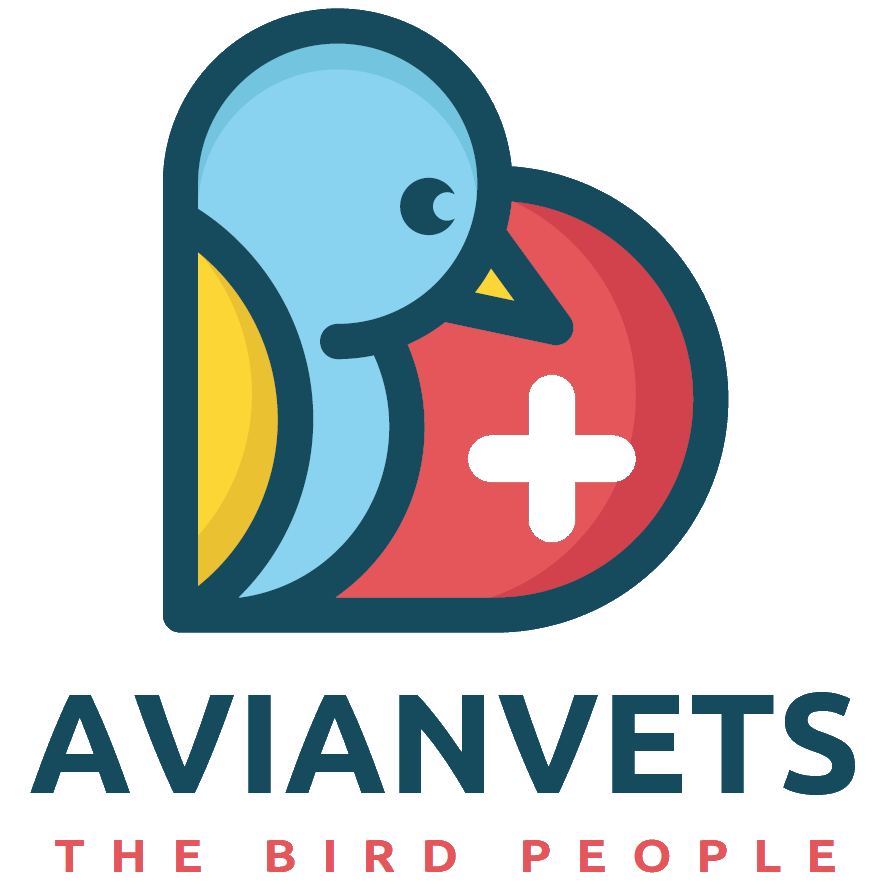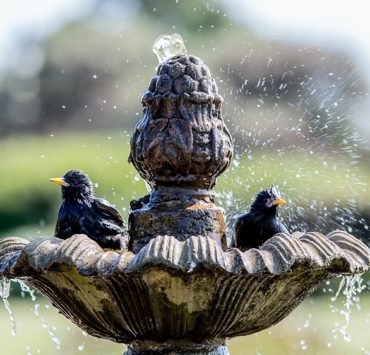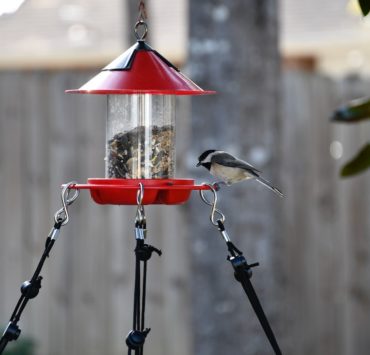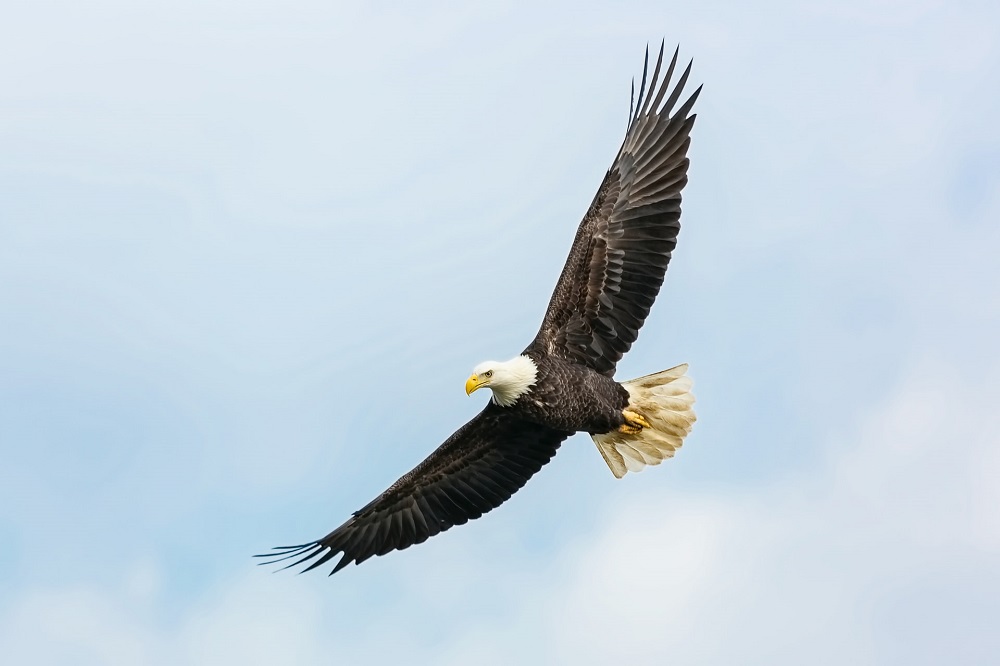
When you look up at the sky and see birds flying, have you ever stopped to think about how they do it? Sure, they flap their wings, but how exactly does this work to keep them airborne for long durations without crashing headfirst into the ground below?
It helps that they are super lightweight. In reality, though, most of their flight power comes from their feathers and the special way in which they’re structured.
How do birds fly? This article explores the answer to this question in depth.
How Do Birds Fly
To put it simply, for birds to fly, they have to flap their wings. This moves the bird upward against gravitational forces while also propelling it forward.
Birds’ bones are hollow, which makes them remarkably light. Nonetheless, they are also quite strong despite their lightweight nature. Their feathers are super light, and the shape of their wings makes them perfect for catching air.
They have high-capacity lungs, which are incredibly efficient in collecting and storing oxygen. This allows them to fly for long durations over vast distances without you getting fatigued.
Birds also consume a lot of high-energy foods to provide them with the fuel they need to remain airborne despite the force of gravity acting on their small bodies.
The Concept of Lift
Think about what it feels like when you are swimming in water. Think about the motion of your hands as they move against the water to propel your body forward. It almost feels as if the water is pushing back against you, doesn’t it?
It’s the same feeling you get when you put your hand outside the window of a moving car. You can feel the air pushing against the palm of your hand.
In both instances, if you were to turn the palm of your hand sideways, you wouldn’t get as much resistance. This is because the surface area of the water or the air acting on your hand would be significantly less. It’s the same concept that applies to birds in flight.
When a bird is airborne, its wings lie flat, allowing air to flow over them with minimal drag or resistance – a little like your hand slicing through the water or air. That said, something remarkable happens when a bird is in flight mode.
The air flowing above the wing is faster than the speed of the air flowing beneath it. This is because birds’ wings have a slight curve at the top. As a result, more air collects on the bottom side since the air here is moving at a much slower rate. This is Bernoulli’s Principle which is the scientific principle behind how all flight works.
When you have more air on the bottom side of the wing, it results in a “push” directed against the flatter, wider part of the wing. This is what lifts the bird.
While birds’ wings slice through the air in a forward motion, they’re also getting pushed upward from below. The net result is a bird in flight.
Do All Birds Have Feathers?
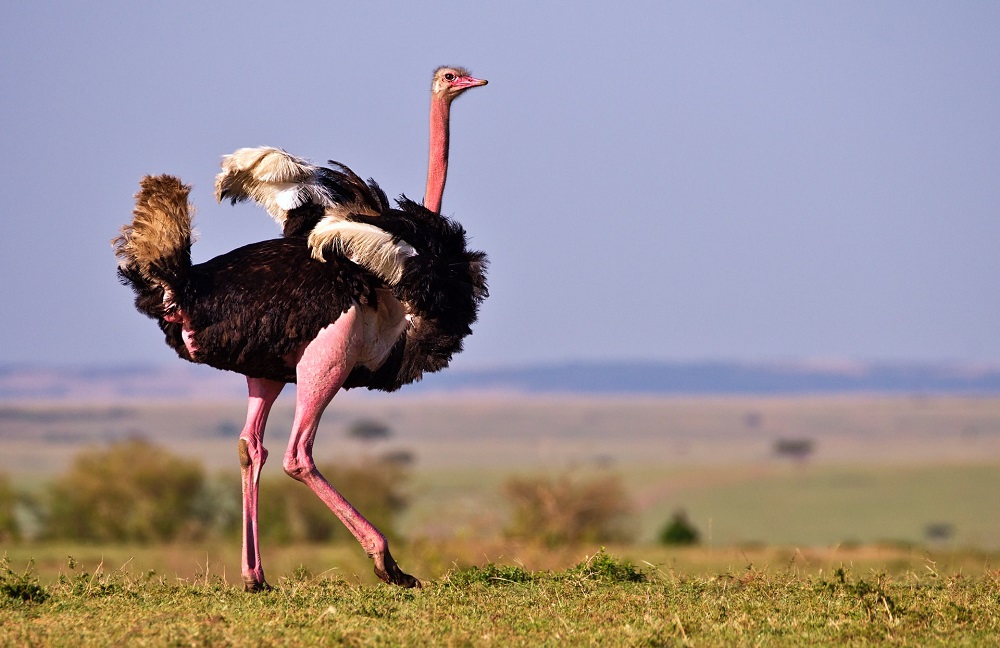
Three distinct characteristics make birds, birds. They have a beak, wings, and feathers. These features are what distinguish them from other animal species like mammals and reptiles.
The question isn’t whether all birds have feathers, but rather can all birds fly?
The short answer is no – not all birds can fly despite having feathers. Avians that fall in this category are known as flightless birds.
Whereas most birds have a large keel that binds the flight muscles, flightless birds do not. Instead, they often have to run to move around.
What birds do not fly? The kiwi, ostrich, and penguin are three examples of flightless birds that fall in this category.
What Are Feathers Made Of?
Feathers are made of the same lightweight material that fingernails are made of – keratin (a type of protein). They are attached to muscles at the base, which is what allows the bird to move them around.
Feathers go through a lot of wear and tear. For this reason, birds shed the old ones and grow a completely new set of fresh feathers from time to time. This process is known as molting. Some birds do this once a year, while others do it twice.
Each feather has a hollow shaft at the center and a flat surface on either side known as the vane. The bare part of the feather where the base attaches to the muscle is called the quill. The vane then branches out into smaller subdivisions, all linked together by even smaller branches known as barbules.
Types of Feathers
Feathers come in several different shapes, each of which serves a different function. Here’s a brief overview on how to identify bird feathers, specifically the three main ones involved in bird flight:
Primary Flight Feathers
The primary flight feathers, or primaries for short, are the long feathers that grow from the outer hand of a wing. These form the bottom section of a folded wing. Most birds have 10 primary flight feathers, although some species have nine.
Secondary Flight Feathers
The secondary flight feathers, or secondaries for short, are the long feathers that grow out from the forearm part of the bird’s wing. These lie adjacent to the primaries. Most birds have six secondary wing feathers.
Tail Feathers
The tail feathers, or rectrices, refer to the feathers that grow out from a bird’s tail. All avian species have a central pair of rectrices with tail feathers growing out from either side when expanded. In a folded state, the central pair appears at the top, with the outermost pairs positioned at the very bottom of the stack.
The underside of a bird’s wings contains under-wing coverts that cover the base of the primaries and secondaries.
It’s important to note that larger wings produce more lift compared to smaller wings. Bird species with smaller wings usually have to flap them faster to generate the same lift as those with larger wings.
Is your bird molting or picking its feathers? Check out our blog to find out the difference.
